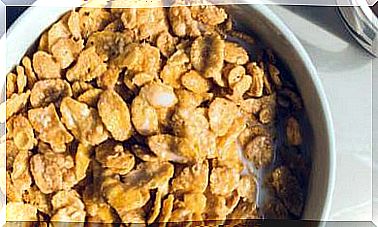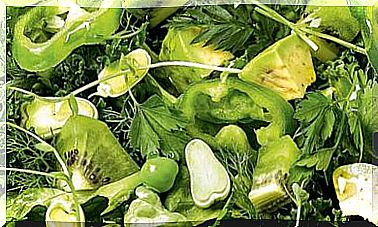Malabar Tamarind: The Most Useful Medicinal Plant For Weight Loss
Malabar tamarind stands out for its high satiating power. But there are other equally effective options to shed the extra pounds.

Entering an herbalist’s shop asking for advice to lose weight is more and more frequent, especially when one in three Spanish adults is overweight and childhood obesity affects one in six children.
A sedentary lifestyle and a diet with excess fat and sugar explain this growing health problem. Among the available resources, the fruit of a tropical tree stands out, the malabar tamarind ( Garcinia cambogia ), which should not be confused with the African tamarind ( Tamarindus indica ).
The benefits of malabar tamarind
Related to the mangosteen, the malabar tamarind is a tree about 6 to 8 meters tall, with tiny yellow flowers that grow directly from the twigs and spherical fruits. In the African tamarind, on the other hand, better known in Europe, the fruit is housed in a brown pod, about 10 cm long and with various protrusions; inside is a sticky pulp and several seeds.
Malabar tamarind is native to Malaysia and Indonesia. The fruits are used for medicinal purposes (their pulp and, to a lesser extent, also the rind).
They contain hydroxycitric acid, a compound that partially blocks the synthesis of fatty acids, inhibiting the action of ATP (adenosine triphosphate, the molecule where energy is stored and distributed to all cells in our body) and levels of ATP-citratolyase enzyme.
In this way, it reduces the transformation of simple sugars into fats and increases hepatic neoglycogenesis, which in many people will be enough to reduce their need to eat.
Malabar tamarind, on the other hand, is indicated to control cholesterol levels and other fats in the blood and to prevent vascular accidents. There are no known adverse effects or unwanted drug interactions.
A cleansing and slimming formula
The tamarind malaba r reinforces and complements its slimming, purifying and satiating action with other plants. An herbalist’s formula for weight loss is as follows:
- Tamarind fruit.
- Black currant leaves.
- Leaves and tops of ortosifón.
- Artichoke leaves.
- Passionflower flowers in equal parts (star anise can be added to improve the flavor).
preparation:
- Add a level tablespoon of the mixture per glass of water.
- Boil it for 23 minutes – or keep it macerated overnight -, strain it and drink several cups throughout the day.
Alternatives to eliminate liquids and fats
- Fucus: Rich in mucilage, this brown algae stimulates the action of the thyroid and generates a rapid sensation of satiety. It is taken as a decoction, powder, liquid extract or capsules.
- African mango: Inhibits an enzyme responsible for converting glucose into triglycerides, prevents the formation of adipocytes (fat reserves) and facilitates weight loss. It is taken in capsules.
- Pineapple: Its bromelain helps digest proteins. Useful in weight loss treatments for its laxative and satiating effect. It is taken in juice, powder, extract and capsules.
- Dandelion: Bitter, diuretic and hepatoprotective, its leaves fight overweight due to fluid retention. It is taken as a decoction, fresh plant juice and extracts.
Garcinia cambogia, another option to lose weight
The attributes of Garcinia cambogia as a slimming supplement and appetite suppressant explain its use in dietary treatments for overweight (it is even advertised a lot on the Internet). Such treatments are mainly based on preparations that must contain at least 50% pure garcinia extract, in recommended doses of about 500 mg daily (1 or 2 capsules are taken before meals, accompanied by water or fruit juice) .
On the other hand, garcinia is attributed an absorbent action that is equivalent to 40 times its volume in water. You can also take the pulp fresh (two or three tablespoons a day), or in juice, alone or mixed with other fruits.
In this case, due to its high mucilage content, it is recommended as an intestinal regulator, to promote evacuations and avoid gastrointestinal irritation.









